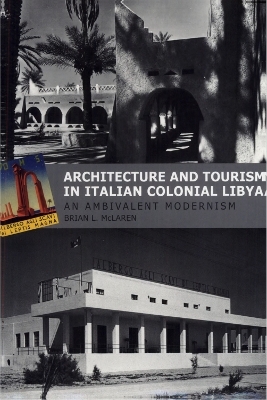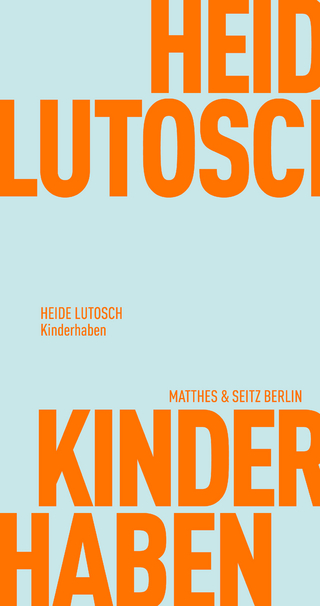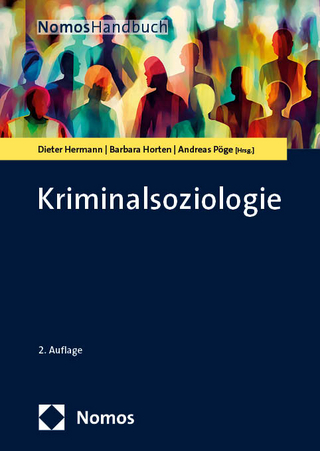
Architecture and Tourism in Italian Colonial Libya
An Ambivalent Modernism
Seiten
2006
University of Washington Press (Verlag)
978-0-295-98542-8 (ISBN)
University of Washington Press (Verlag)
978-0-295-98542-8 (ISBN)
- Titel ist leider vergriffen;
keine Neuauflage - Artikel merken
Suitable for architectural historians and for those interested in colonial and postcolonial studies, as well as Italian studies, this title shows how Italian authorities in Libya made use of the contradictory forces of modernity and tradition to both legitimise their colonial enterprise and construct a vital tourist industry.
To be a tourist in Libya during the period of Italian colonization was to experience a complex negotiation of cultures. Against a sturdy backdrop of indigenous culture and architecture, modern metropolitan culture brought its systems of transportation and accommodation, as well as new hierarchies of political and social control. Architecture and Tourism in Italian Colonial Libya shows how Italian authorities used the contradictory forces of tradition and modernity to both legitimize their colonial enterprise and construct a vital tourist industry. Although most tourists sought to escape the trappings of the metropole in favor of experiencing "difference," that difference was almost always framed, contained, and even defined by Western culture.
McLaren argues that the "modern" and the "traditional" were entirely constructed by colonial authorities, who balanced their need to project an image of a modern and efficient network of travel and accommodation with the necessity of preserving the characteristic qualities of the indigenous culture. What made the tourist experience in Libya distinct from that of other tourist destinations was the constant oscillation between modernizing and preservation tendencies. The movement between these forces is reflected in the structure of the book, which proceeds from the broadest level of inquiry into the Fascist colonial project in Libya to the tourist organization itself, and finally into the architecture of the tourist environment, offering a way of viewing state-driven modernization projects and notions of modernity from a historical and geographic perspective.
This is an important book for architectural historians and for those interested in colonial and postcolonial studies, as well as Italian studies, African history, literature, and cultural studies more generally.
To be a tourist in Libya during the period of Italian colonization was to experience a complex negotiation of cultures. Against a sturdy backdrop of indigenous culture and architecture, modern metropolitan culture brought its systems of transportation and accommodation, as well as new hierarchies of political and social control. Architecture and Tourism in Italian Colonial Libya shows how Italian authorities used the contradictory forces of tradition and modernity to both legitimize their colonial enterprise and construct a vital tourist industry. Although most tourists sought to escape the trappings of the metropole in favor of experiencing "difference," that difference was almost always framed, contained, and even defined by Western culture.
McLaren argues that the "modern" and the "traditional" were entirely constructed by colonial authorities, who balanced their need to project an image of a modern and efficient network of travel and accommodation with the necessity of preserving the characteristic qualities of the indigenous culture. What made the tourist experience in Libya distinct from that of other tourist destinations was the constant oscillation between modernizing and preservation tendencies. The movement between these forces is reflected in the structure of the book, which proceeds from the broadest level of inquiry into the Fascist colonial project in Libya to the tourist organization itself, and finally into the architecture of the tourist environment, offering a way of viewing state-driven modernization projects and notions of modernity from a historical and geographic perspective.
This is an important book for architectural historians and for those interested in colonial and postcolonial studies, as well as Italian studies, African history, literature, and cultural studies more generally.
Brian L. McLaren is associate professor and chair, Department of Architecture, University of Washington.
Preface
Introduction
1. The Incorporation of Libya into Metropolitan Italy
2. Colonial Tourism and the Experience of Modernity
3. The Indigenous Politics of Italian Colonialism
4. Tourism and the Framing of Indigenous Culture
5. Toward a Modern Colonial Architecture
6. In Search of a Regionalist Expression
Conclusion
Notes
Bibliography
Figure Credits
Index
| Erscheint lt. Verlag | 7.4.2006 |
|---|---|
| Reihe/Serie | Studies in Modernity and National Identity |
| Zusatzinfo | 172 illus., 16 in color |
| Verlagsort | Seattle |
| Sprache | englisch |
| Maße | 178 x 254 mm |
| Gewicht | 1152 g |
| Themenwelt | Sozialwissenschaften ► Soziologie ► Spezielle Soziologien |
| Technik ► Architektur | |
| ISBN-10 | 0-295-98542-9 / 0295985429 |
| ISBN-13 | 978-0-295-98542-8 / 9780295985428 |
| Zustand | Neuware |
| Haben Sie eine Frage zum Produkt? |
Mehr entdecken
aus dem Bereich
aus dem Bereich
eine Einführung
Buch | Softcover (2024)
De Gruyter Oldenbourg (Verlag)
29,95 €


